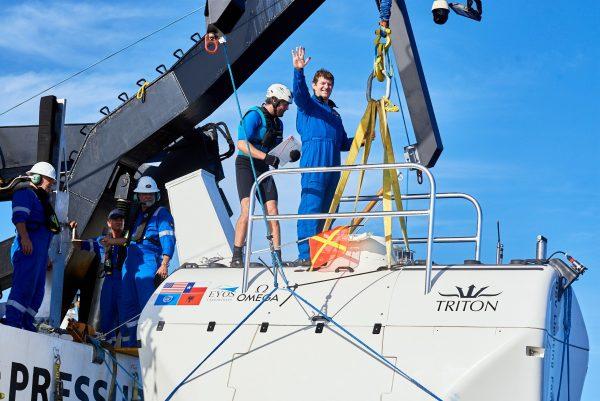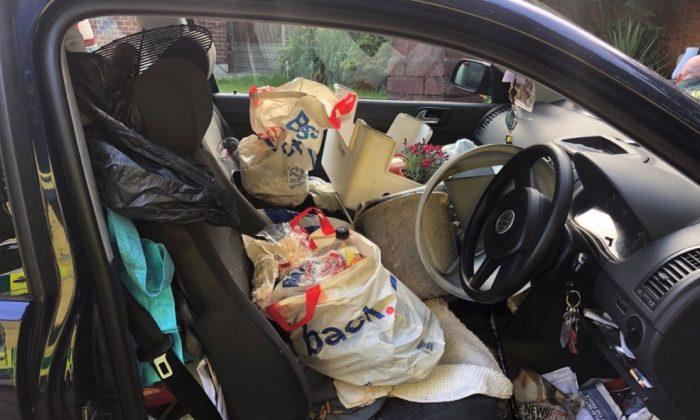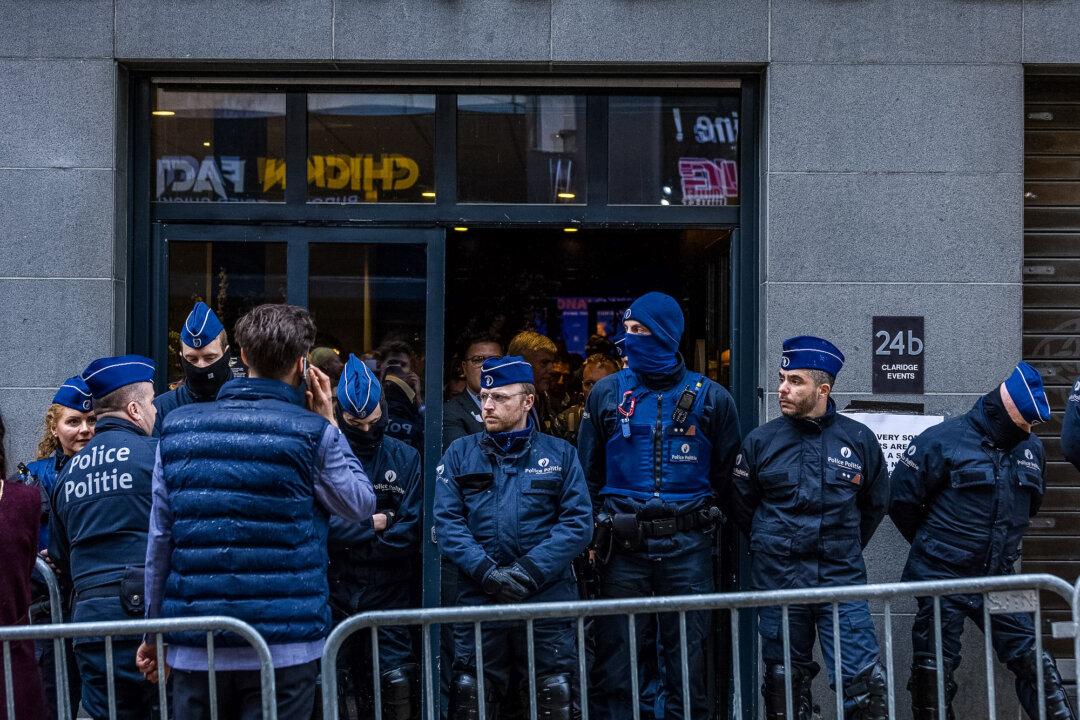Britain’s “messiest car” was involved in a crash after the driver couldn’t deploy the handbrake because it was blocked by a mountain of rubbish.
Hampshire Police’s road team published a photograph of the car on Twitter on June 26 following the incident, adding that the driver “couldn’t get the hand brake on and rolled back into a parked vehicle.”
The shocking photo shows a cluttered Volkswagen with seats nearly buried in garbage, including food and drink wrappers, discarded flyers, and bits of crumpled old newspaper.
Hampshire Police’s post sparked numerous reactions on social media.
One user wrote, “That is actually the most messy car I have ever seen in my life.”
Another wrote, “It’s like a rubbish (excuse the pun) version of the generation game! It’s got just about everything in it.”
The police joked in the post that British politician Boris Johnson’s car “is a dream compared to this one!” in an apparent reference to a recent snap of Johnson’s less-than-tidy vehicle.
Explorers Find Garbage in Deepest Part of World’s Oceans
The incident recalls the case of a team of ocean explorers making the staggering find of garbage where it doesn’t belong—at the bottom of the world’s deepest body of water.Texas businessman and deep-sea explorer Victor Vescovo descended 35,853 feet into the depths of the Pacific Ocean to shatter the record for the world’s deepest dive—and he found plastic trash.
Vescovo’s solo dive was punctuated by 248 minutes spent on the bottom exploring the basin, which the expedition team said “is now the longest period of time ever spent on the bottom of the ocean by an individual.”
His double record-setting dive was part of a mission to explore the uncharted depths of the world’s oceans, collect scientific samples, and look for new species.
New Species and Plastic Waste
But aside from investigating exotic geological formations and finding “at least three new species of marine animal,” Vescovo also found examples of ever-pervasive human waste.Sir David Attenborough, a naturalist and wildlife campaigner, reacted to Vescovo’s unsavory find at the bottom of the Mariana Trench by calling plastic in the sea an “unfolding catastrophe” that we “ignore at our peril.”

Vescovo’s dive was one of five made by the team between April 28 and May 5, which included the deepest marine salvage operation ever attempted.






Friends Read Free